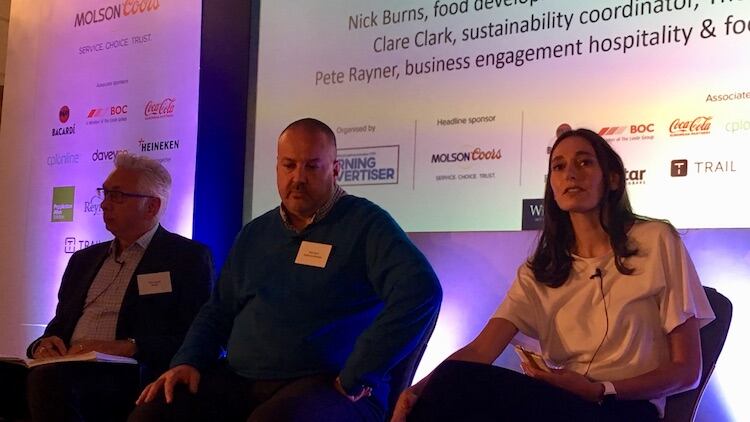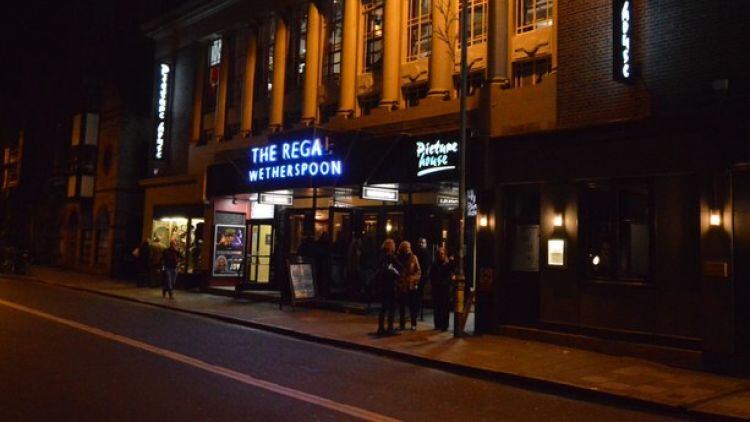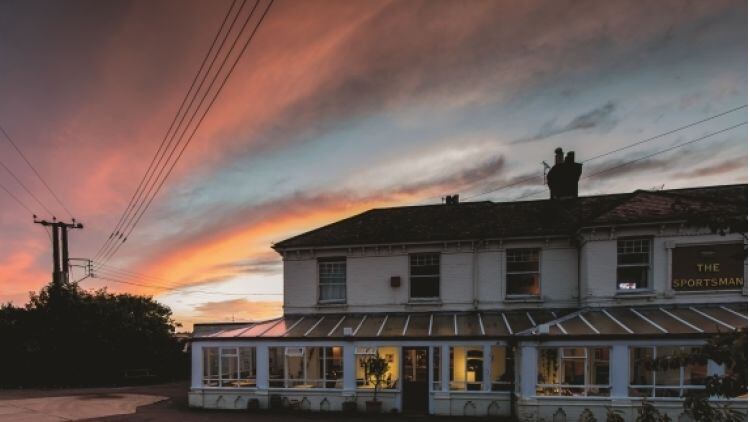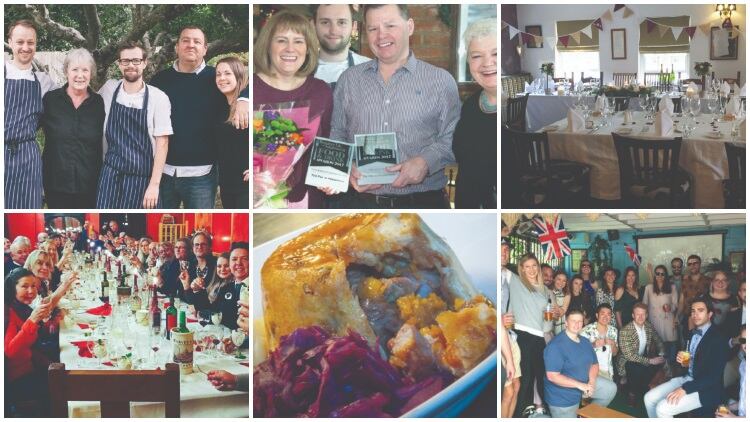Addressing The Morning Advertiser’s latest MA500 business meeting in Sheffield, Pete Rayner, business engagement for hospitality and foodservice at charity WRAP, highlighted the fact that waste is “a huge problem and is only going to get worse”.
In the UK, WRAP’s Courtauld Commitment 2025 has a target to reduce food waste by 20% over a decade (2015 to 2025) and WRAP has a guide available to help businesses reduce their waste.
With the hospitality industry wasting a million tonnes of food per year, pubs are under increasing pressure to reduce their share.
Waste education
Nick Burns, food development manager at Robinsons Brewery, made the point that there’s a challenge to educate customers without them feeling short changed.
“It’s a difficult one to educate the customer because you’re telling them they’re getting less. They’re still getting what they’re ordered but they’re just not getting the little bits.
“You can save money because you’re not buying in the first place, or offer savings to the customer because you’re not adding.”
Clare Clark, sustainability coordinator at the Roebuck, said that developing staff knowledge around portion sizes and training chefs in food preparation have been essential in reducing food waste.
“All of our staff are trained in food waste and why we reduce portion size. It’s about staff communicating to customers rather than writing something on the menu.
“It’s about explaining to customers why you’ve got that portion size. You’d get them something when they’d finished their meal and they’d have learnt something as well.”
Rayner added: “There is nothing in job descriptions about food waste management and sustainability. It’s a lot of work when it comes down to someone being paid minimum wage or something comparable.
“There’s a big bit of work in educating citizens about pub waste and bit of reverse engineering once they realise what they’re wasting at home.”
Measuring food waste
“If you can’t measure it you can’t manage it” said Rayner.
Burns said that his company has managed to save around three tonnes of food waste per pub.
“We set ourselves a target of reducing food waste about three years ago. It was really difficult to quantify initially as it just went into a black bin bag.
“We brought in three transparent 20-litre tubs in the kitchen. One for spoilage waste, for instance anything out of date or burnt, the second for preparation waste and the third for plate waste that’s come back from the customer.
“At one site we’ve got in Cheshire we tried the tub system and he said ‘we’re not doing garnishes any more’ – he had to empty the tub two or three times over a weekend.
“There’s a pub up in Cumbria where we did the tub exercise and reduced waste by three tonnes. That was purely chip portions and garnish.
"I think people get paranoid about filling plates – they see a bit of white crockery and decide they have to fill it up.”
Knowing what products were most discarded allowed menu changes in order to minimise wastage. Observing that that burger buns were among the most regularly wasted food products led to the introduction of bunless, ‘naked’, burgers on menus.
Burns added: “Another big thing that came out of it was salad garnishes. Around 80% to 90% of that ends up in the plate waste bin.”
Clark advised: “Start measuring. Chefs can be a bit closed minded, but once we started doing it they got into it. Once you attached a value to it they get on the case.
“We measure every single item in the bin. If it’s a lettuce leaf, chefs have to measure it.
“When I first mentioned it the chefs said ‘no way’ but they really got on board with it and it made them think about what they were putting in the bin and set them a challenge.
Tackling glass and plastic
Clark stated that one of their biggest areas of wastage was around plastic, however they’ve cut this by working more closely with suppliers: “We try to keep deliveries down and work really closely with them. We don’t want any of the packaging.
“In terms of glass and things like that, we really want to do on-tap wine but I don’t think our customers are ready. We also don’t serve bottled water at all any more.”
Take The Morning Advertiser's pub waste survey here.




